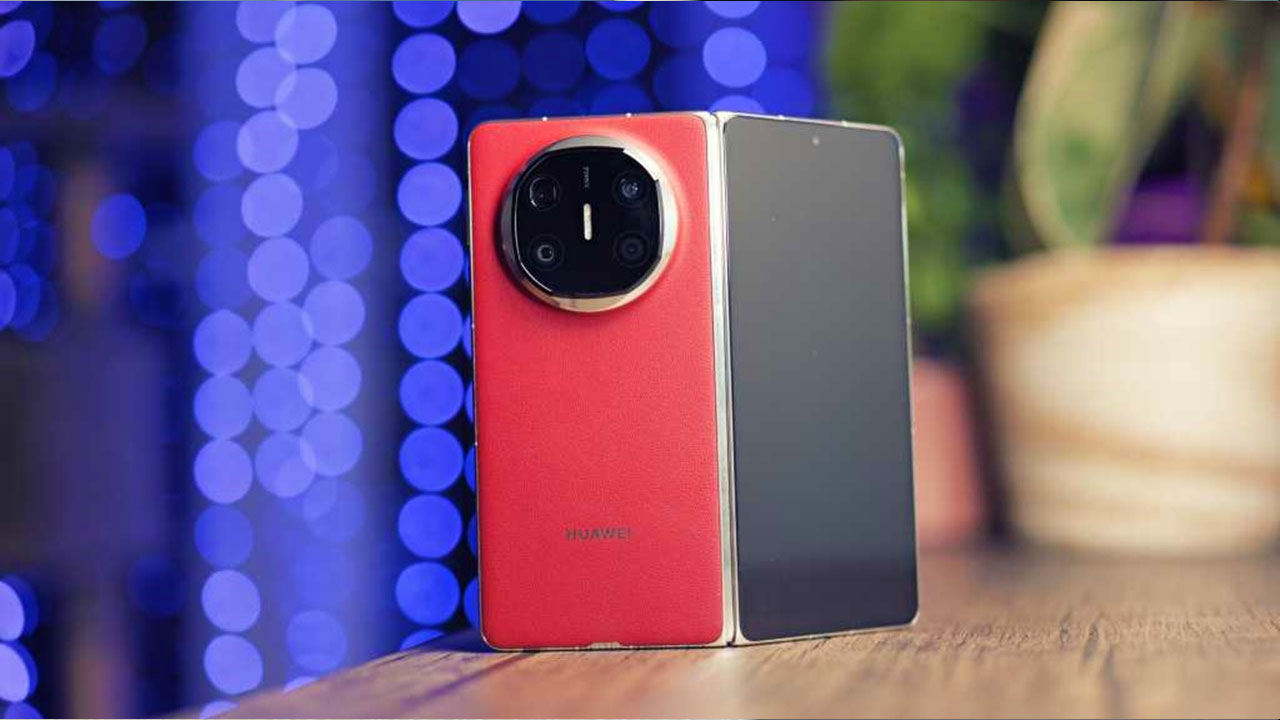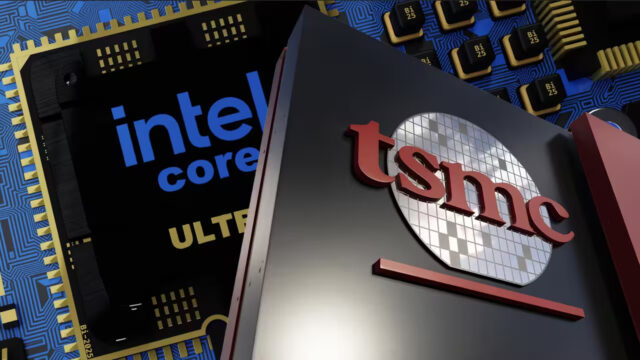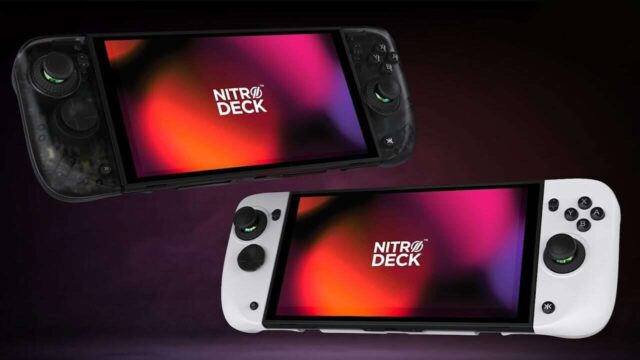On July 9th, Samsung announced its newest foldable flagship, the Galaxy Z Fold 7, its thinnest foldable phone yet. Will the Galaxy Z Fold 7, which stands out with its high-end features, rival the Huawei Mate X6? Here’s a detailed comparison of the Galaxy Z Fold 7 and Huawei Mate X6…
Galaxy Z Fold 7 vs. Huawei Mate X6
Starting with the South Korean device, the Z Fold 7 is powered by the Snapdragon 8 Elite for Galaxy processor, while the Huawei Mate X6 is powered by the Kirin 9020 processor. Considering Huawei’s Chinese origins and its exposure to global events, both sides have their own advantages in the flagship battle.

While both devices are available with up to 16GB of RAM and 1TB of storage, the most significant difference lies in the design. Samsung’s device is 8.9mm thick, while the Mate X6 is 9.9mm thick. The Z Fold 7 is also quite lightweight at 215 grams, while the Mate X6 weighs 239 grams.
Regarding the display size, the Z Fold 7 features an 8-inch Dynamic AMOLED panel with a resolution of 2184 x 1968 pixels, while the Mate X6 comes with a 7.93-inch LTPO OLED panel with a resolution of 2240 x 2440 pixels.
For the operating system, Huawei uses its own HarmonyOS, while Samsung offers One UI 8 based on Android 16.
Here’s a detailed comparison of the Galaxy Z Fold 7 and Huawei Mate X6:
| Feature | Huawei Mate X6 | Samsung Galaxy Z Fold 7 |
|---|---|---|
| Price (Turkey) | 109,999 TL | 101,999 TL |
| Network Support | GSM / CDMA / HSPA / EVDO / LTE / 5G | 5G, LTE, Wi-Fi 7, Bluetooth 5.4 |
| Dimensions | Unfolded: 156.6 x 144.1 x 4.6 mmFolded: 156.6 x 73.8 x 9.9 mm | Folded: 8.9 mmUnfolded: 4.2 mm |
| Weight | 239 grams | 215 grams |
| Material & Protection | Glass front, nylon/silicone back, aluminum frameIPX8 water resistanceKunlun Glass 2 | Armor Aluminum frameIP48 water/dust resistanceCeramic Glass 2 (front), Victus 2 (back) |
| Main Display | 7.93″ LTPO OLED, 120Hz, HDR Vivid, 1800 nits2240x2440 pixels (~418 ppi) | 8.0″ Dynamic AMOLED 2X, 2184×1968 pixels, 368 ppi, 1-120 Hz refresh rate |
| Cover Display | 6.45″ LTPO OLED, 120Hz, HDR, 2500 nits1080x2440 pixels | 6.5″ Dynamic AMOLED 2X, 2520×1080 pixels, 422 ppi, 1-120 Hz refresh rate |
| Processor (SoC) | Kirin 9020 (Octa-core, Maleoon 920 GPU) | Snapdragon 8 Gen 3 Elite for Galaxy (3nm) |
| Operating System | HarmonyOS 4.3 / EMUI 15 | Android 16 with One UI 8 |
| RAM / Storage | 12 GB + 256/512 GB16 GB + 512 GB / 1 TB | 12 GB + 256/512 GB16 GB + 1 TB |
| Main Cameras | Triple: 50 MP (f/1.4–f/4.0, OIS)48 MP Periscope (4x optical zoom)40 MP Ultra-Wide | 200 MP (f/1.7, OIS)12 MP Ultra-Wide (120°)10 MP Telephoto (3x optical, 30x digital zoom) |
| Selfie Cameras | Front: 8 MP (f/2.2)Cover: 8 MP (f/2.4)Video: up to 4K | Cover: 10 MP (f/2.2)Under Display: 10 MP |
| Video Recording | 4K, 1080p, HDR, gyro-EIS | 4K, 1080p, HDR |
| Audio | Stereo speakers | Stereo speakers |
| 3.5mm Jack | Not available | Not available |
| Connectivity | Wi-Fi 6, Bluetooth 5.2, NFC, IR, USB-C 3.1, DisplayPort 1.2 | Wi-Fi 7, Bluetooth 5.4, NFC, USB-C, Samsung DeX |
| Battery | 5110 / 5200 mAh Si/C | 4400 mAh dual-cell |
| Charging | 66W wired, 50W wireless, 7.5W reverse wireless, 5W reverse wired | 25W wired, 15W wireless, Wireless PowerShare |
| Fingerprint Sensor | Under-display | Side-mounted capacitive |
| Color Options | Black, White, Gray, Blue, Red | Blue Shadow, Silver Shadow, Jet Black, Mint (Samsung.com exclusive) |
| Extra Features | Laser AF, color spectrum sensor, HDR Vivid, IR, eSIM support | Galaxy AI, S Pen support, Multi-window, Samsung DeX, dual SIM + multi eSIM support |













